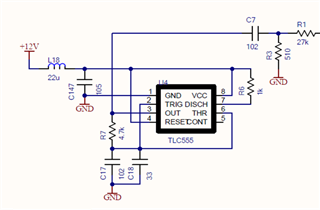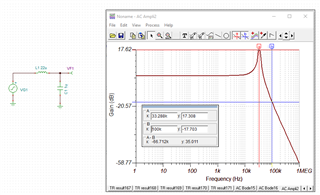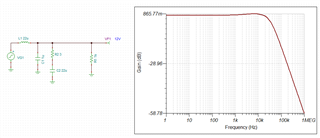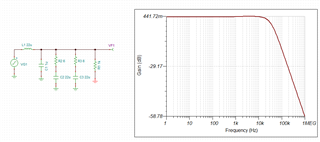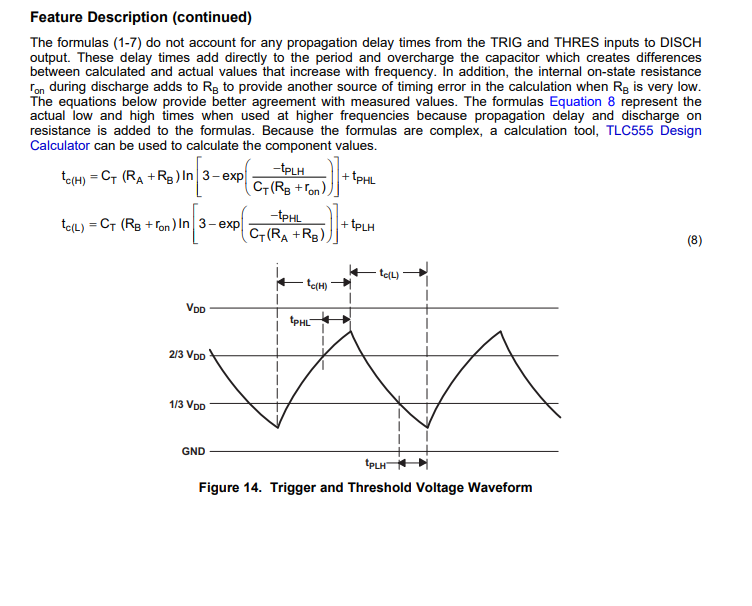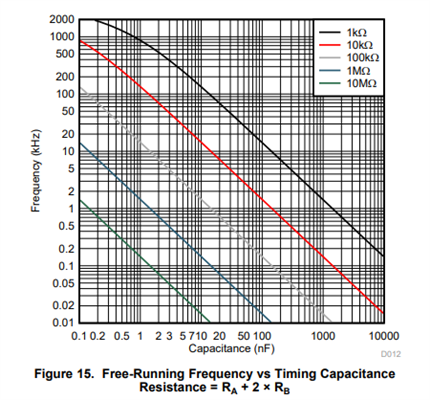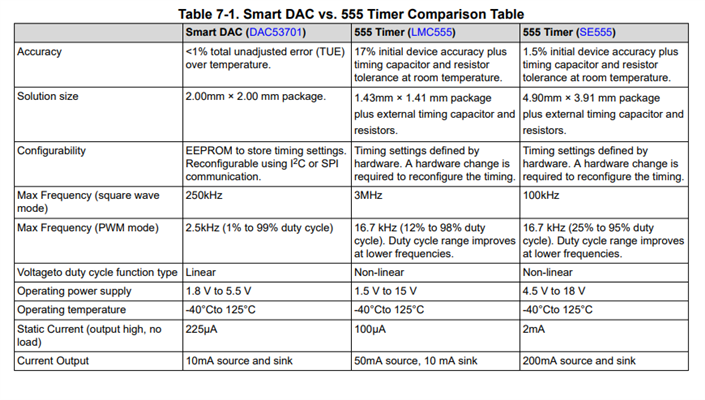Hi team,
I made the attached schematic with a TLC555, but the frequency is not near the 145kHz I set.
I used a capacitor with a tolerance of less than 5%, but the frequency varied between 90kHz and 120kHz.
This variation depends on the IC, if only the IC is changed in the two circuits, the deviation will be dependent on the IC.
At 120KHz, Duty is around 50%. At 90KHz, 100KHz, etc., the duty cycle will be around 60% HighDuty. and the Low time is the same as at 120KHz.
Does IC cause such a discrepancy?
I don't think there was such a discrepancy when I used the calculation tool.
